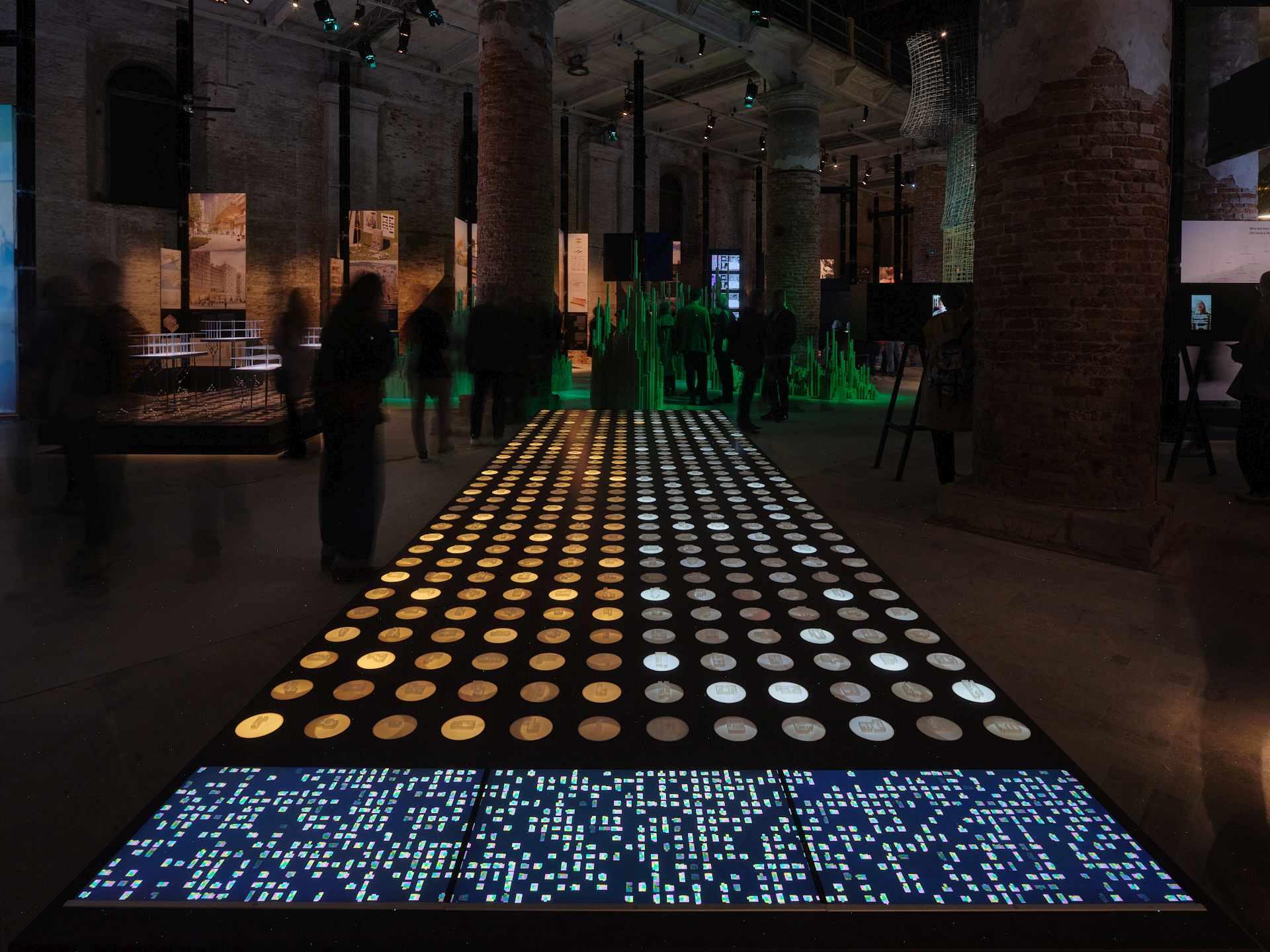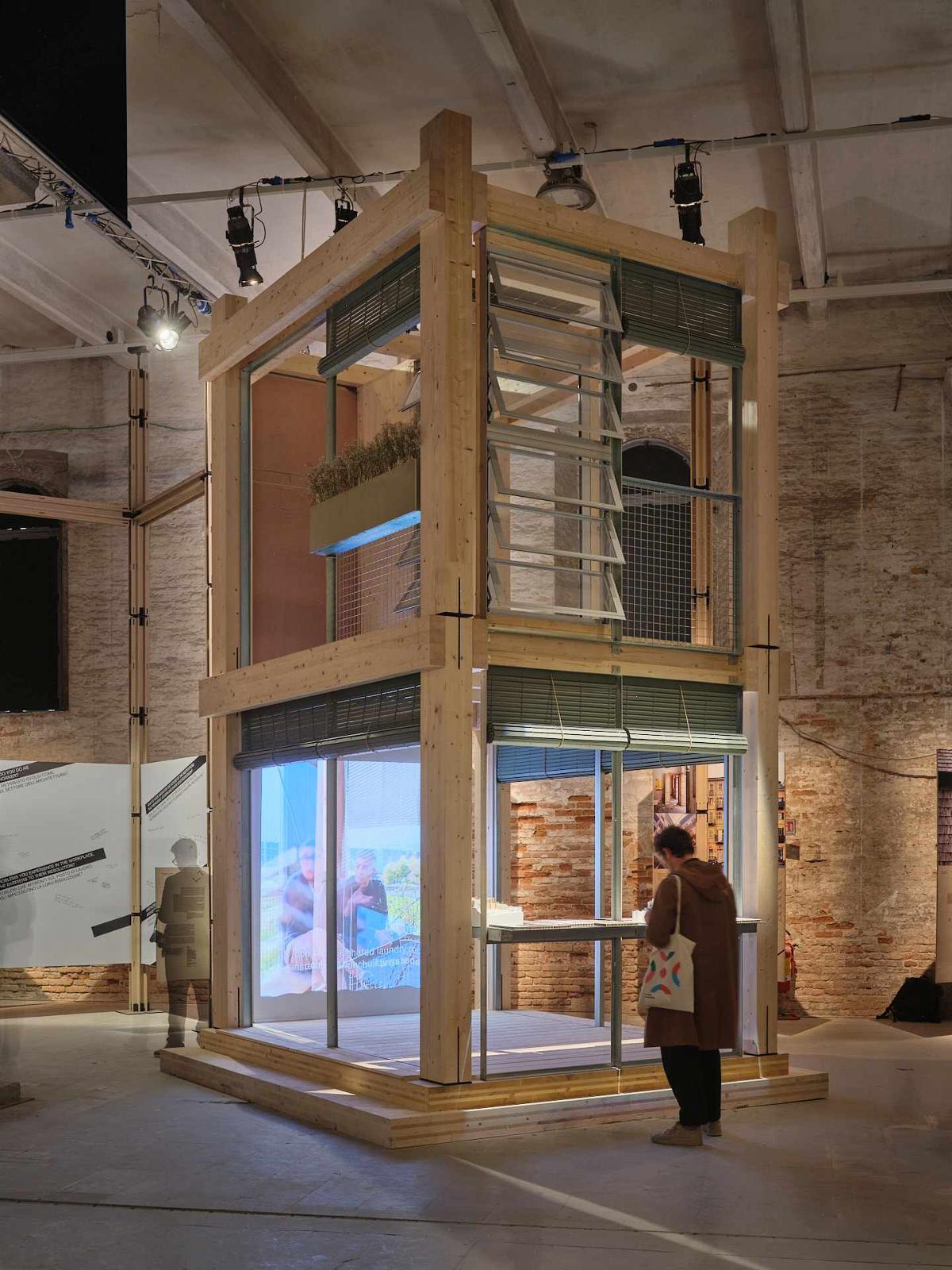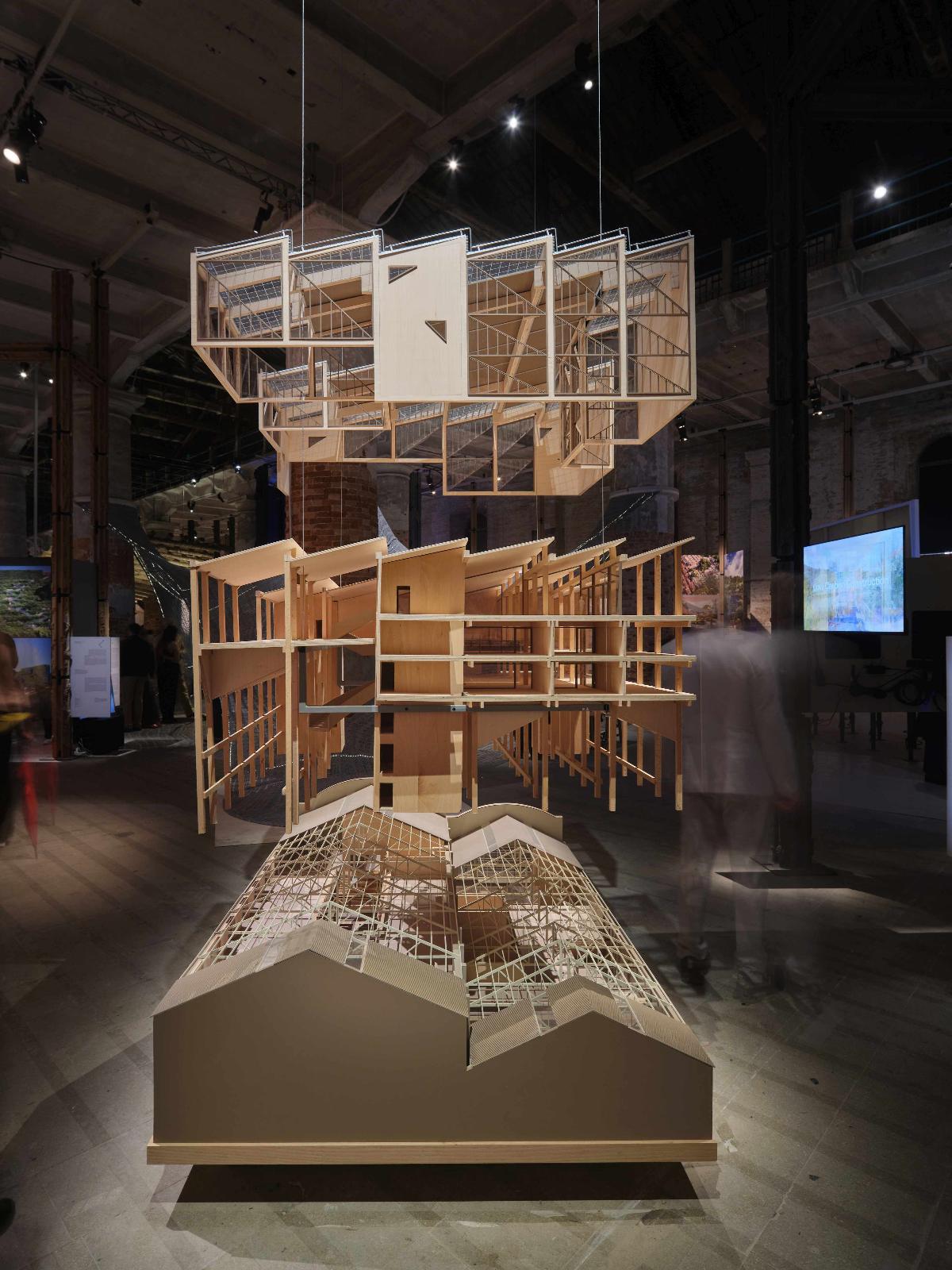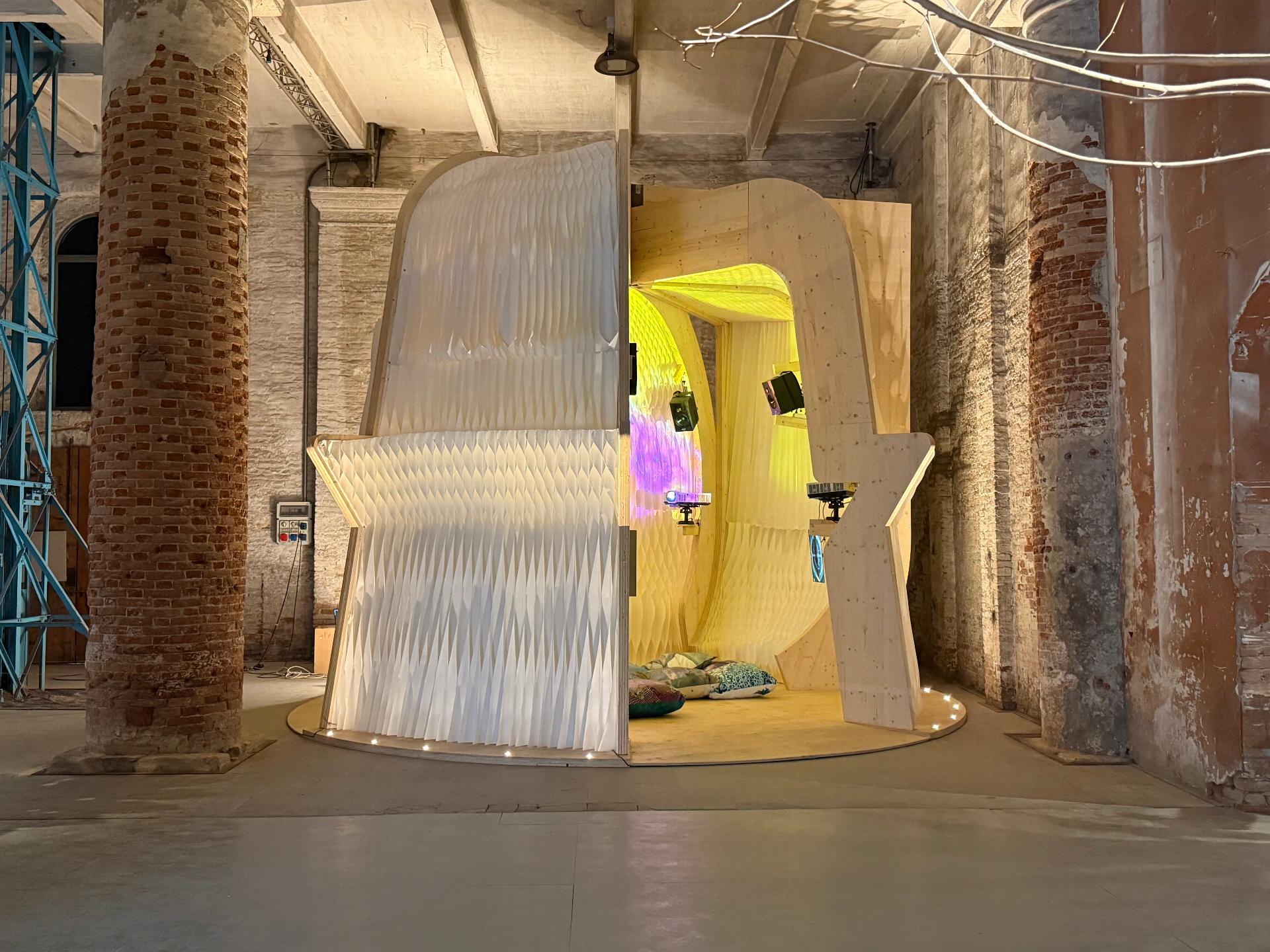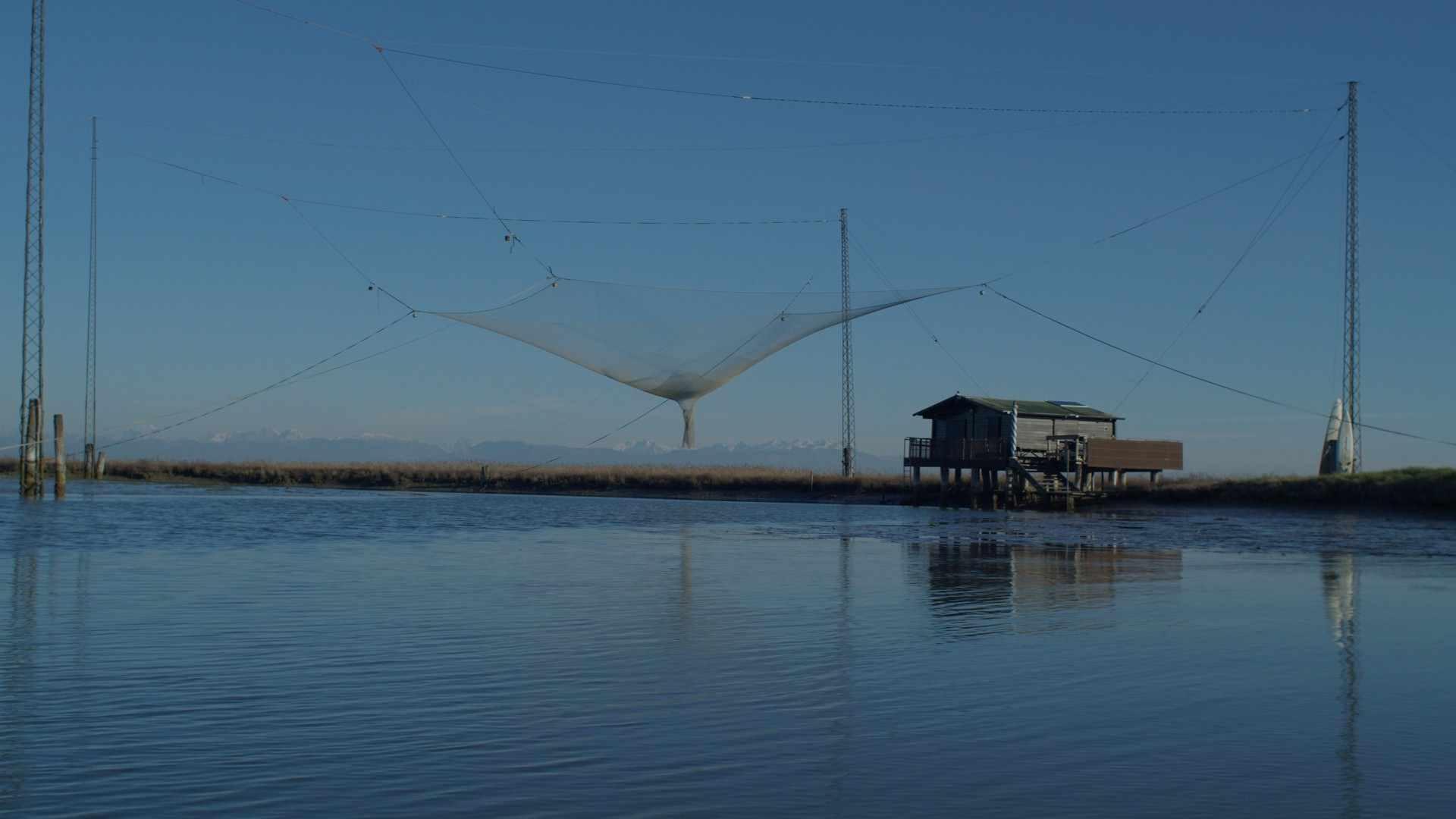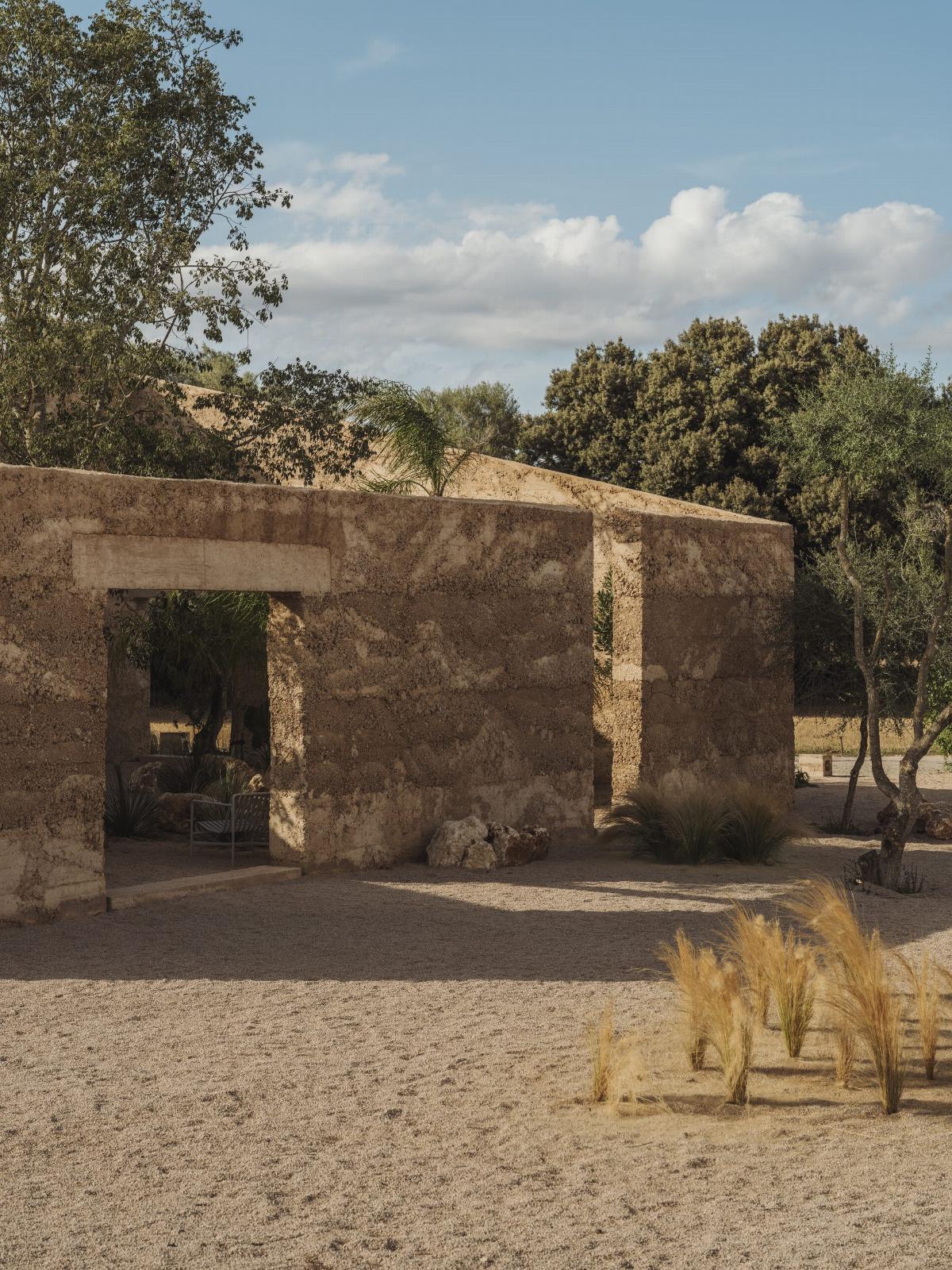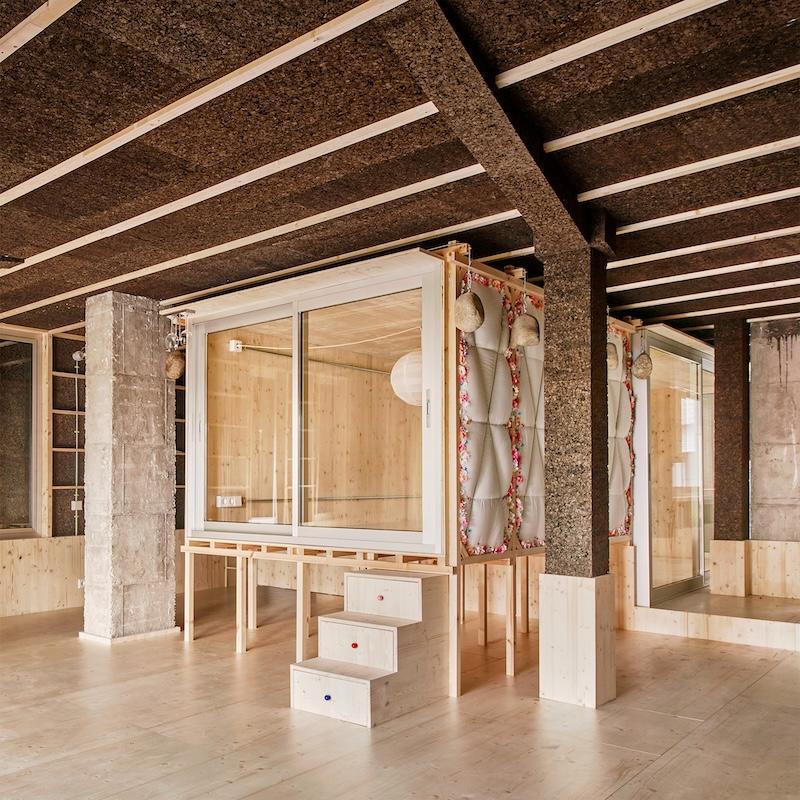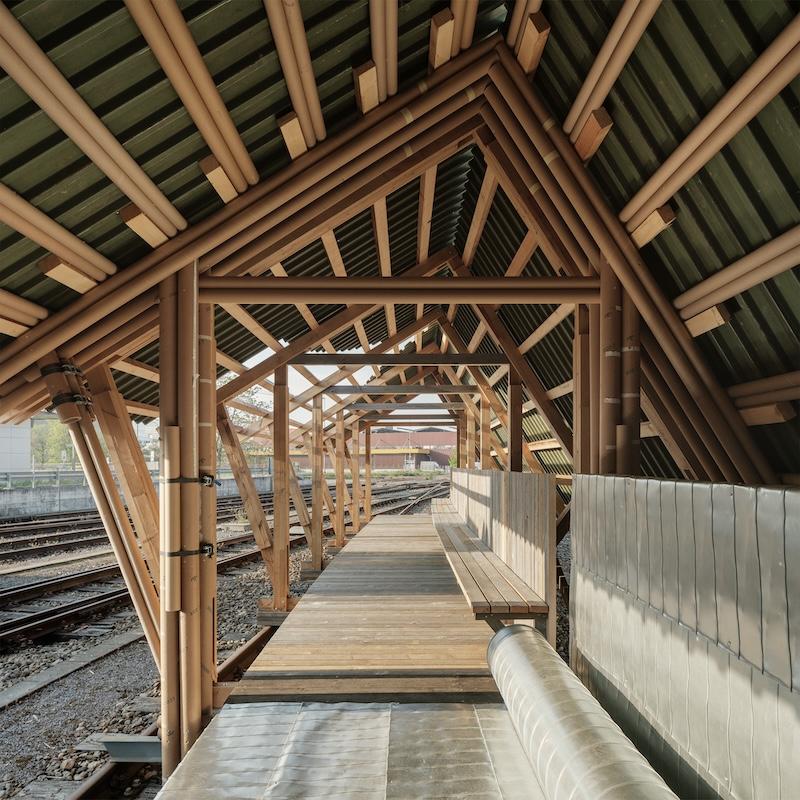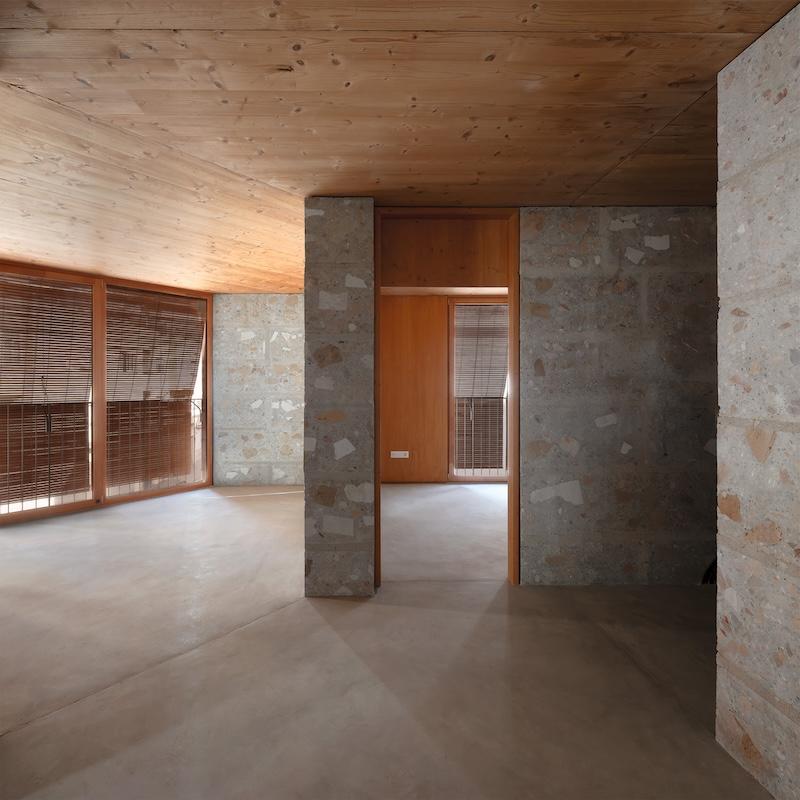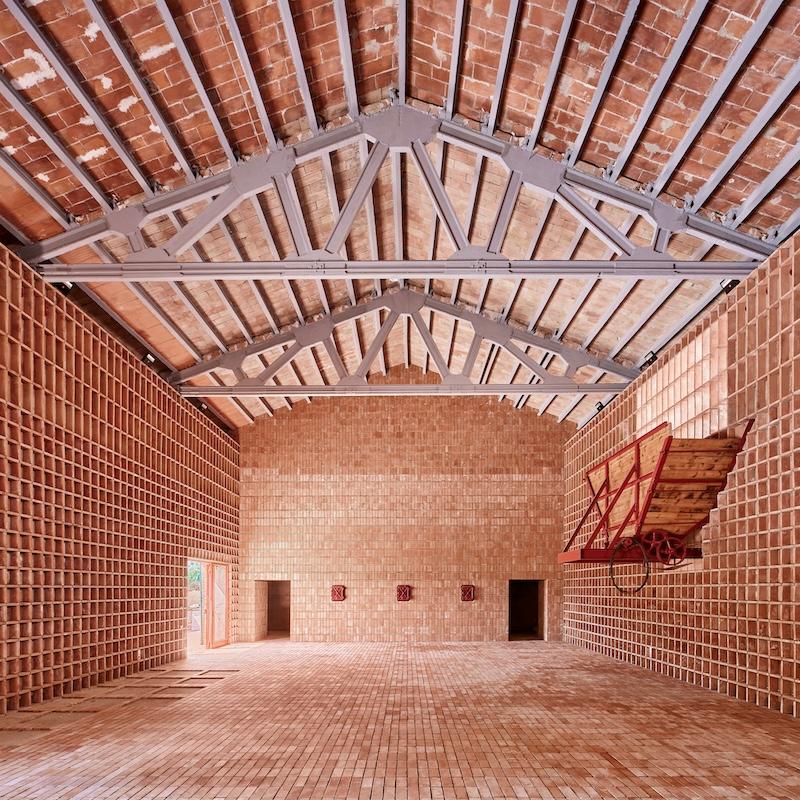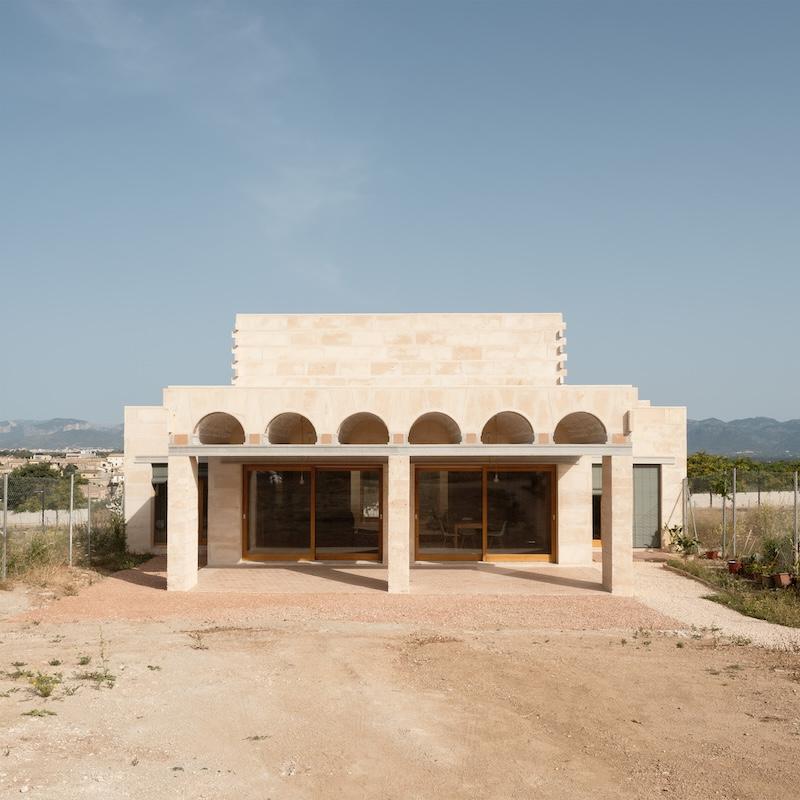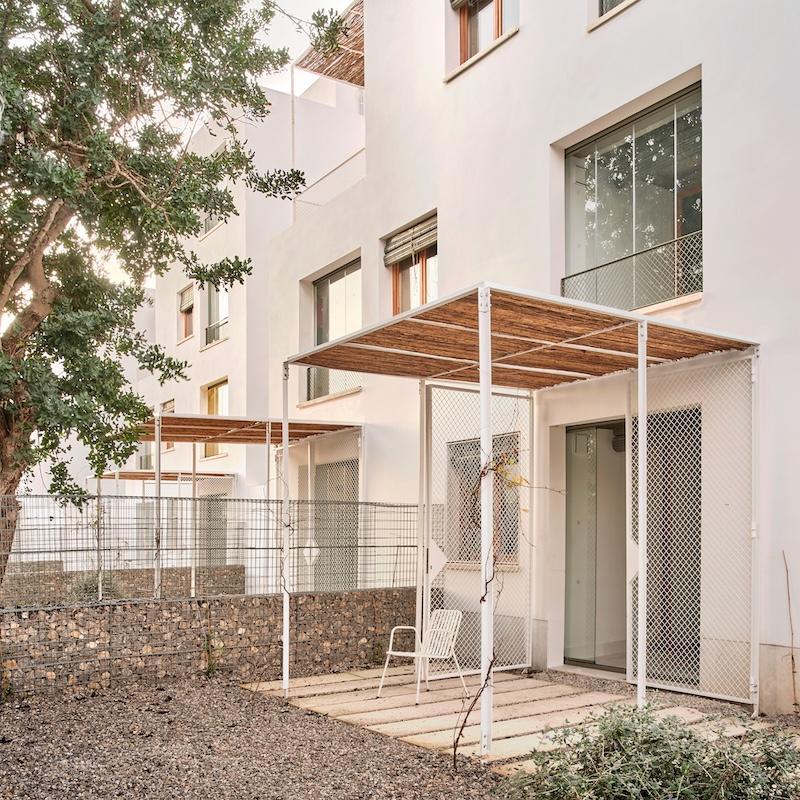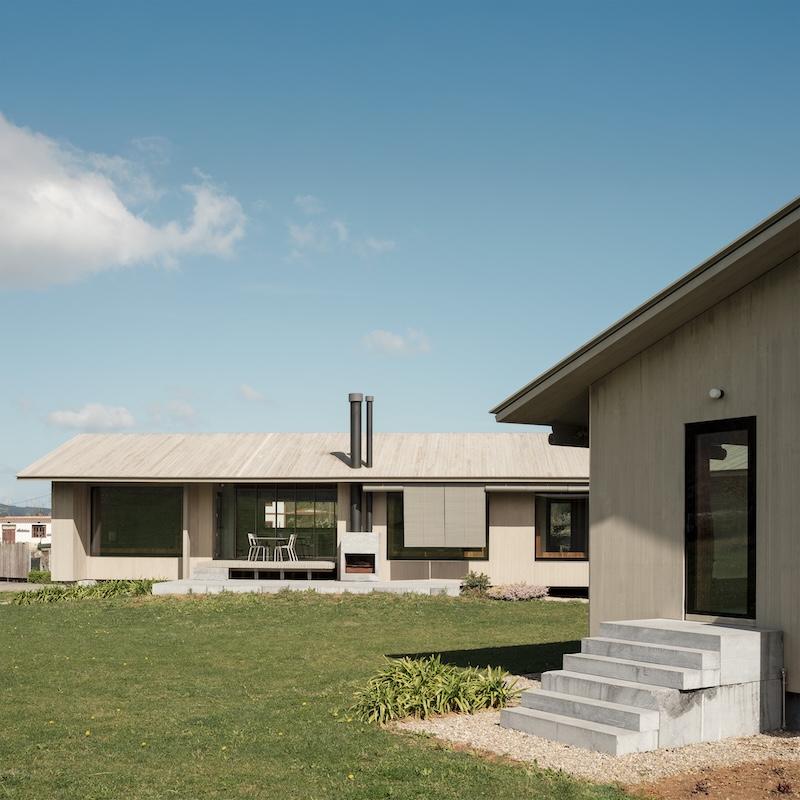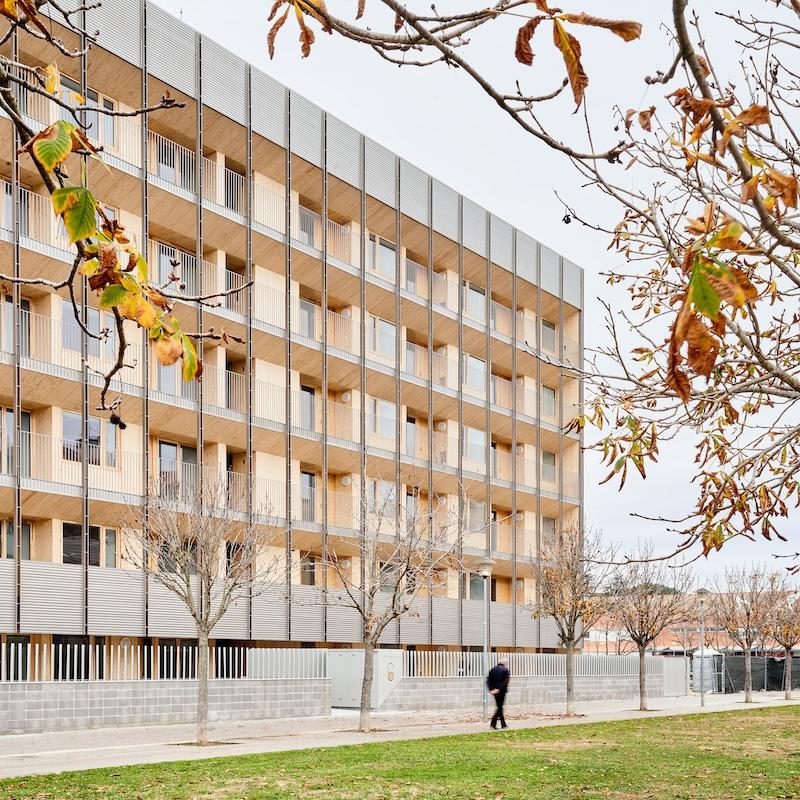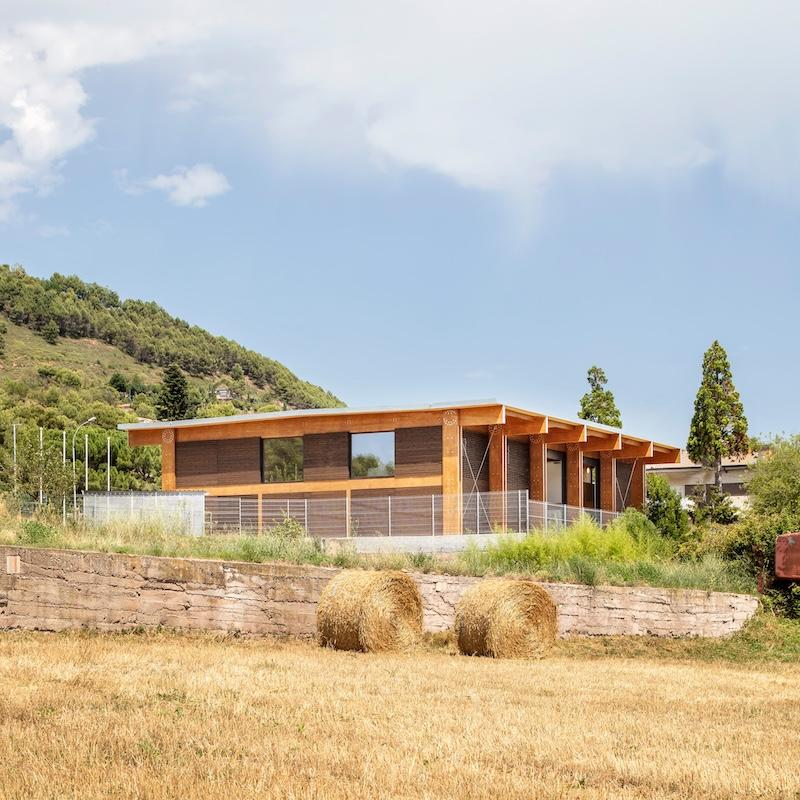The 19th International Architecture Exhibition, an international benchmark event in the sector running from May 10 to November 23, features a large number of Catalan and Balearic projects this year.
Carlo Ratti, curator of the 19th edition of the Architecture Biennale, has chosen the theme “Intelligens. Natural. Artificial. Collective” and has selected five Catalan projects to participate in the International Architecture Exhibition of the Biennale:
Recycling Intelligences – JL OFFICE (Lluís Ortega, Julia Capomaggi). This installation focuses on the potential of machine learning to augment human architectural intelligence in the field of social housing design. By generating synthetic plans by RI, the project stimulates human imagination, encouraging reflection on the interaction between the immediate past and the future of housing. This mediated intelligence expands the traditional concept of architectural authorship.
Open Regeneration of Housing Estates in Barcelona – Grup de recerca REARQ (Architectural Rehabilitation and Restoration Research Group, UPC). The installation will demonstrate the application of designs aimed at improving liveability and sustainability in various residential complexes built between 1950 and 1975 on the outskirts of Barcelona and its metropolitan area. The proposal consists of a series of structures attached to existing buildings to improve, protect, and provide residential buildings with transitional and outdoor spaces that offer greater flexibility.
IAAC: Prototyping the Future – Institute for Advanced Architecture of Catalonia. This installation will showcase a large-scale model of the new iconic building in Barcelona’s 22@ district, developed in collaboration with the Barcelona City Council, which will house the new headquarters of the Institute for Advanced Architecture of Catalonia. The “Barcelona Urban Tech Hub” project, designed by architects Vicente Guallart and Daniel Ibáñez of Urbanitree, is conceived as an architectural manifesto exploring the role of collective intelligence in creating urban innovation spaces. Using biomaterials, industrialisation, and self-sufficient strategies, the building aims to become a model for advanced and regenerative architecture.
The Architecture of Virtual Water – Benedetta Tagliabue – EMBT Architects. Water is essential to life, yet much of it remains invisible. Every object and building contains a hidden water footprint. The Architecture of Virtual Water installation reveals this reality through an innovative setup, inviting visitors to rethink their relationship with water and sustainability in architecture. An immersive and sensory installation designed to expose the hidden presence of water in global trade and construction. Through projections, soundscapes, and spatial design, visitors will experience the hidden architecture of virtual water.
The Storm (La Tempesta) – FAST (José Luis de Vicente and Eva Franch i Gilabert). The “Coheteres” of the Ebre Delta, built seven decades ago, are a network of strategically distributed architectural structures used to break storms threatening rice production through targeted interventions on cloud layers. The Storm imagines a future in which the coheteres are reclaimed for new forms of climate stewardship, rooted in local vernacular practices and contemporary urgencies. It also opens the debate on how to manage the Commons of the Sky and whether we can imagine and develop distributed, community-based governance for weather modification.
In addition to the five Catalan projects selected by Carlo Ratti for the International Exhibition, there is also, for the first time, the participation of a Catalan architect in the Biennale College, the section of the Architecture Biennale dedicated to emerging talent and students. Caterina Miralles Tagliabue was selected among the eight winning projects of the Biennale College Architettura call, which included 200 students, doctoral candidates, and young architectural talents under 30 years of age from 49 countries.
Moreover, there is significant participation from 10 Catalan-Balearic studios among the 16 projects selected for the Spanish Pavilion, under the theme “Internalities: Architectures for Territorial Equilibrium”, curated by Roi Salgueiro and Manuel Bouzas: Bosch. Capdeferro Arquitectura; Camps Felip Arquitecturia; Emiliano López Mónica Rivera Arquitectos; Harquitectes; Isla; Josep Ferrando, Pedro García, Mar Puig and Manel Casellas; Munarq; Peris+Toral Arquitectes; TAKK; and TEd’A Arquitectes. In addition, the side galleries also showcase projects by Catalan architects. These include Materiales by Daniel Ibáñez and Carla Ferrer; Oficios by Anna and Eugeni Bach and Caterina Barjau; and Emisiones by Carles Oliver and David Mayol.
Finally, Catalan presence is also seen in other national pavilions, such as the pavilion of the Holy See, which includes among its participants the Barcelona-based studio MAIO Architects (Anna Puigjaner, Guillermo López, Maria Charneco, Alfredo Lérida), in a project curated by Marina Otero Verzier entitled Opera Aperta. The Albanian Pavilion also features several Catalan architects. Among them are Arquitectura-G, Benedetta Tagliabue, Toni Gironès Architecture Studio, RCR Arquitectes, and Ricardo Bofill Taller de Arquitectura.

